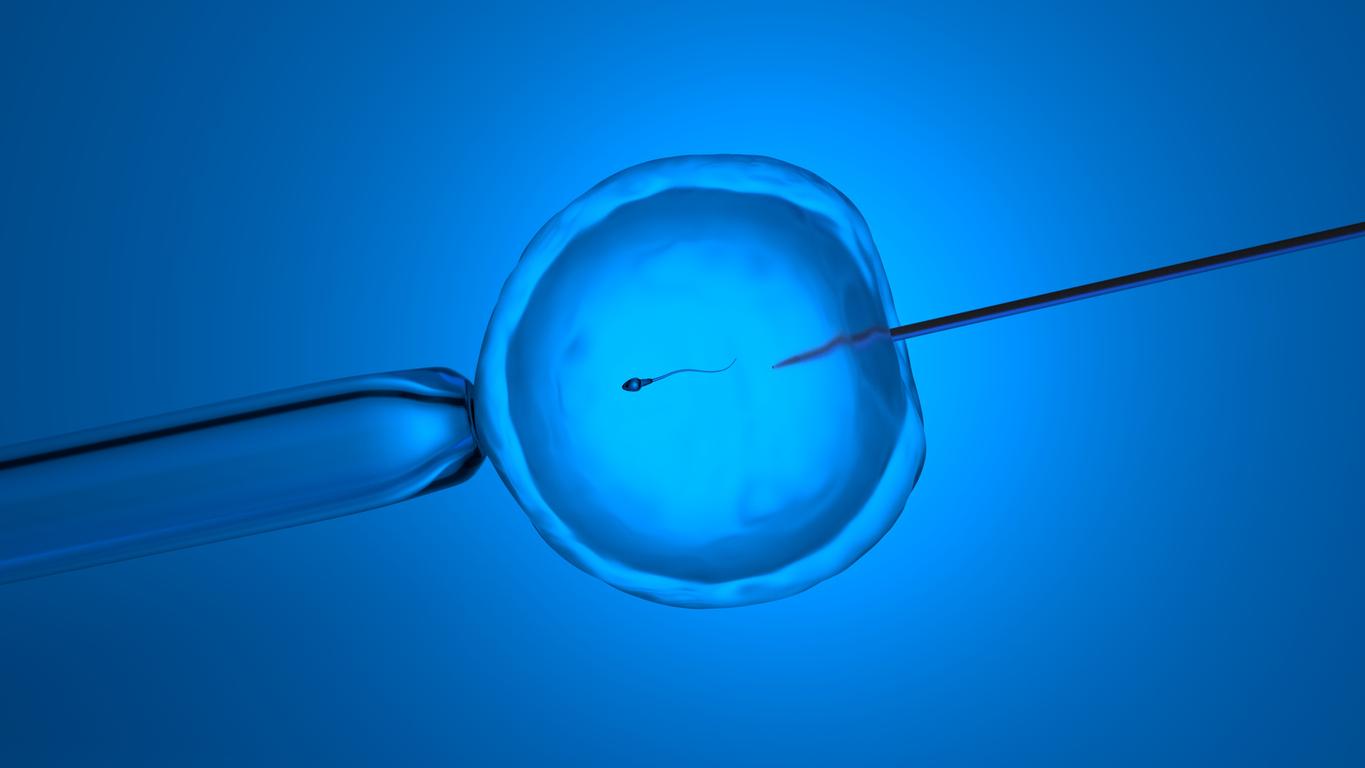Thanks to medically assisted procreation, the need for donated sperm has dropped. They might even no longer be useful in the near future, according to the president of the Cecos, who are celebrating their 40th birthday.

Originally, they were called sperm banks. Today, they are the Cecos, for Center for the Study and Conservation of Eggs and Human Sperm, and they are celebrating their 40th anniversary. The 23 CECOS, which manage sperm donations as well as oocytes, are now well established in France. However, “sperm donation is bound to disappear,” says Professor Jacques Lansac, former president of the Federation of Cecos. This certainty is also a hope. In 40 years of existence, advances in medicine have already made it possible to considerably reduce the need for donated sperm.
2 times less sperm donation thanks to IVF
“In vitro fertilization with ICSI has halved the demand for sperm donations”, underlines Professor Lansac. Indeed, men with poor sperm fertility (sperm that are too rare or too little mobile) no longer need to resort to a donor. ICSI, that is to say the injection of a single sperm through a micro-pipette into an oocyte, allows them to give life. The arrival of pre-implantation diagnosis (PGD) has also reduced the need for sperm donations. A couple including the man medically assisted procreation: the sperm donation that is destined to disappear that he risks transmitting, can thus choose a healthy embryo, free from any disease. Result: in 95% of cases, ART is intramarital, that is to say it is carried out with the gametes of the two members of the couple.
Listen to Prof. Jacques Lansac, former president of the CECOS Federation: “The donation is sperm is bound to disappear”.
Today, men with azoospermia, who therefore cannot produce sperm, still need anonymous donors. And for good reason, the treatment of secretory azoospermia (that is to say due to a problem of sperm formation) does not exist. But, stem cell research looks promising. In 2009, British scientists produced human sperm from embryonic stem cells. They were not successful spermatozoa but a first stage of spermatogenesis had been reproduced using stem cells.
Sperm recreated from stem cells
Two years later, a new step was taken: a team of Japanese researchers succeeded in recreating functional spermatozoa from mouse embryonic stem cells. The resulting sperm have even been used to fertilize eggs. An experiment that resulted in “healthy young mice that grew up to be quite fertile male and female mice,” the Japanese researchers said. It remains to be seen how quickly these results obtained in laboratory mice can be applied in humans, and in routine.
Professor Jacques Lansac, former president of the Federation of Cecos, is confident. The history of the Cecos and that of medically assisted procreation was written very quickly. “After the Cecos, came in vitro fertilization, Icsi and then pre-implantation diagnosis. These are the same teams as those of the Cecos who worked on these techniques of medically assisted procreation ”. However, the arrival of the first Cecos in hospitals was not really well received.
Listen to Prof. Jacques Lansac : “ 40 years ago, hospitals did not understand what procreation, sperm and masturbation were doing there.“
In forty years, more than 50,000 children have been born in France, thanks to donated sperm. But according to the Biomedicine Agency, donations are on the decline: from 400 donors in 2009, we have gone down to 233 donors in 2011.
.















